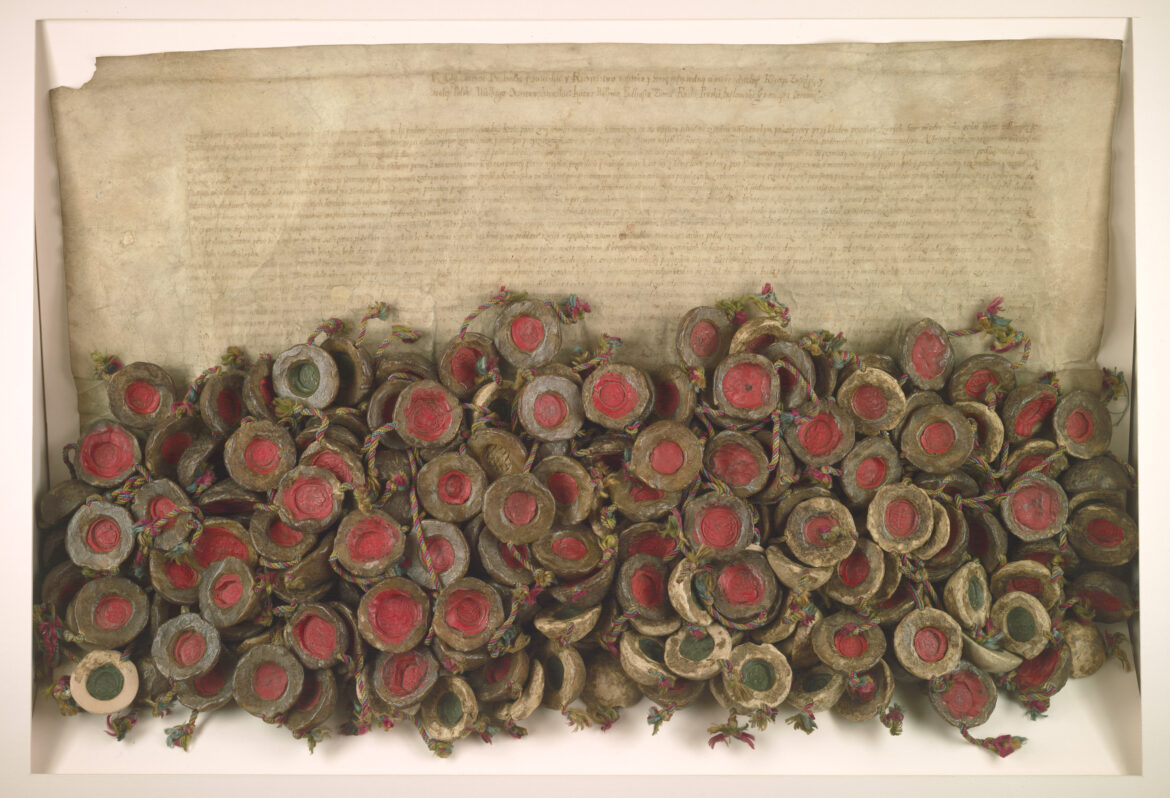While stakes with heretics were burning in Western Europe and religious conflicts were raging, peace reigned in Poland and Lithuania. The nobility of the Polish-Lithuanian Commonwealth decided that religious tolerance was the better option.
In 1572, the ruler of the Polish-Lithuanian Commonwealth, the combined Kingdom of Poland and the Grand Duchy of Lithuania, Sigismund II Augustus died. His death brought an interregnum and the need to elect a new king. At that time, in the Polish-Lithuanian state, the new king was elected by the nobility. Extraordinary Sejms were convened for this purpose.
In the Polish-Lithuanian Commonwealth, the representatives of the nobility taking part in the Sejm included Catholics, Lutherans, Calvinists, and Arians. The situation was similar in the western part of Europe, but there were religious conflicts, often bloody clashes there, such as on 23/24 August 1572 in Paris. This event has been referred to in historiography as the Huguenot massacre.
The absence of religious disputes and conflicts at that time was due to the Warsaw Confederation Act, which was signed on 28 January 1573 at the Convocation Sejm. It concerned Catholics and Protestants but excluded Arians. Furthermore, it applied only to the nobility and burghers of the royal cities. However, it did not include peasants, whose religion could have been imposed by the nobility. The Act guaranteed ‘perpetual peace’ between the different faiths and ensured that ‘dissenters’ had equal rights with Catholics, as well as the protection of the state.
Despite some flaws, the Act of the Warsaw Confederation was the first document to guarantee in law such wide religious tolerance in Europe It was included in the so-called Henrician Articles. This meant that every newly elected king had to swear to follow these principles. The text of the Act was inscribed on the UNESCO Memory of the World list.





